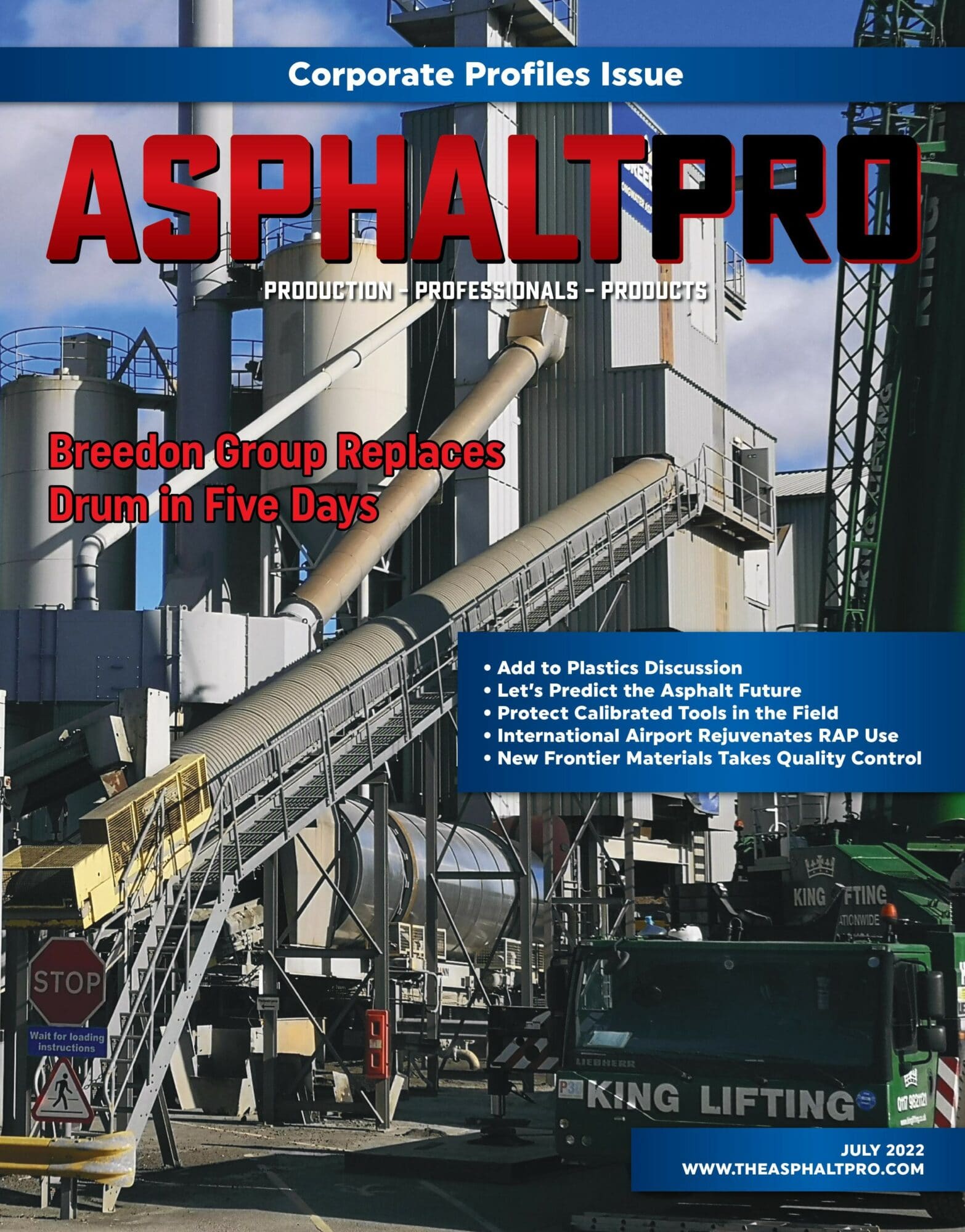Jun 23, 2022
Monitor Thermal Mapping Intelligently
BY Sandy Lender

The concept of intelligent compaction (IC) is not new to the asphalt industry. We’ve been talking about it and sharing “how to” achieve density of asphalt mats with IC for as long as AsphaltPro has been in publication. (That would be since 2007 for those of you following along at home.)
I remember in the early days having a screen at the operator’s platform that showed black-and-white vertical lines that filled in as roller operators completed passes, merely helping the operator keep count. While that might seem rudimentary to us today, it was a steppingstone on the path to intelligent compaction/infrared (IC/IR) technologies some state departments of transportation (DOTs) are now considering as part of quality assurance and pay factors.
In the June 2020 issue of AsphaltPro, we gave a breakdown of paver-mounted thermal profiling (PMTP) so I won’t re-hash that here. We’ve shared a handful of thermal mapping camera technologies that manufacturers such as Vögele—and others—have released to the market so I won’t re-hash them all here. I’m not trying to “sell” thermal mapping systems with this editorial message. Instead, I wish to remind readers of the evolving technology.
Not all systems are built the same, not all systems offer the same number of data points, and so on. But all the manufacturers I’ve spoken to have answered my “depth” question the same: these thermal cameras are measuring the surface of the mat directly behind the screed. You’re not receiving a reading 2 or 3 inches into the mat where a segregation problem may reside or where the shade of a road-adjacent structure is not influencing the temperature.

Malcolm Swanson of e5 Engineers and Sandy Lender discuss plant and production best practices at the AsphaltPro booth during World of Asphalt 2022 in Nashville.
Does that mean I distrust thermal mapping for assisting with IC? Not at all. I merely suggest we hesitate to treat current thermal mapping’s results as Gospel when determining pay factors.
I see its efficacy for assisting roller operators in monitoring rolling patterns and for assisting screed and paver operators in monitoring equipment and mix temperatures. Achieving density means you get a longer lasting pavement. This is known far and wide. Any technology we can leverage to achieve compaction is worth looking into.
The idea of tracking lots and sublots while assigning temperatures and density percentages to them makes me nervous if we’re doing that prior to having a “camera” that can accurately plumb the depths of the mat being placed.
While a thermal imaging device atop a pole that can be set to measure exact temperature at 2.75 inches below the mat’s surface might frighten the average non science fiction fan, we could look at today’s thermal mapping cameras as a steppingstone. We may very well be on our way to the more robust measuring tools the DOTs would have more confidence in if seeking to pay contractors based on temperature of lots behind the screed.
Stay Safe,
Sandy Lender